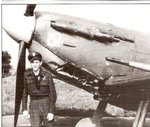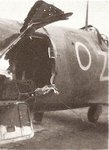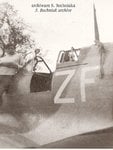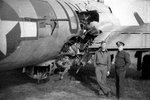Airframes
Benevolens Magister
Thanks Erich! There with the answers, as always! Saved me the bother of checking it; I thought it was '262's, as I've seen that particular photo' numerous times, and remember reading an account years ago, describing part of the action. Good work, thanks again.
Terry.
Terry.














